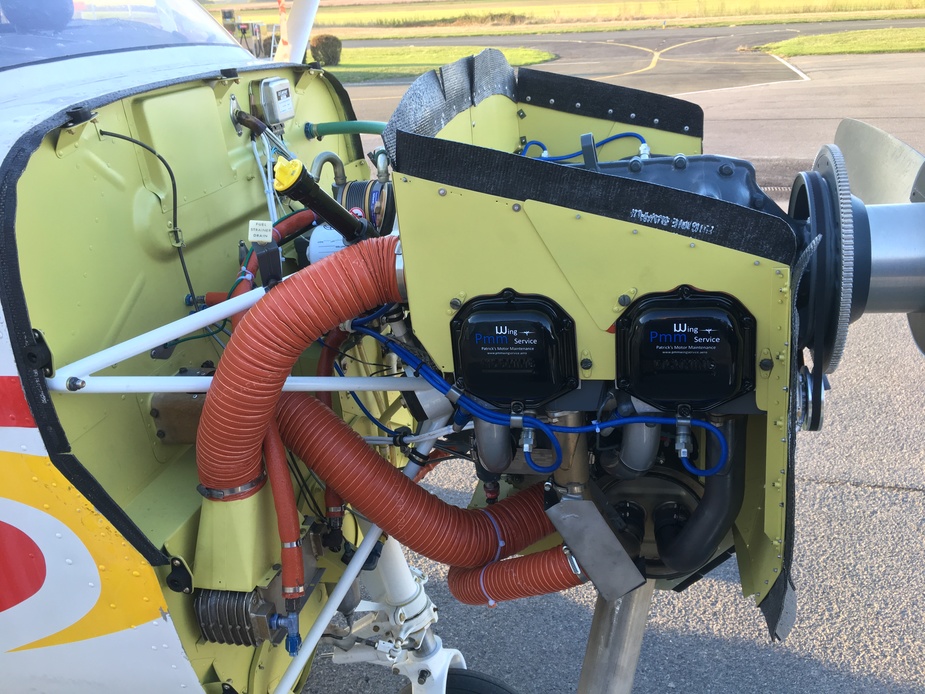I don’t think this experience is too far off for a 150 aeroclub workhorse 172, flown in real (read: non-perfect) conditions. It was a warm day. He was right around max gross. Plus, he admits to not knowing how exactly to lean in the climb. These things all cost performance.
Additionally:
Only these three are all affirmative would I raise any doubts on the general engine performance.
I have flown 172Ms a lot, and while they are nice little allrounders, there are not suitable for summer touring with 3 POB, a lot of fuel and where terrain is a consideration. You simply need one step bigger for missions like that.
Just checked on my SD trace. We got to 7000 feet GPS 16 min 30 s after take off (airfield elevation of 500ft), which makes an average of 393 fpm.
Jujupilote wrote:
Just checked on my SD trace. We got to 7000 feet GPS 16 min 30 s after take off (airfield elevation of 500ft), which makes an average of 393 fpm.
Which is probably par for the course on a warm day close(ish) to MTOW – do you have the long-range tanks? Your initial post sounded like you were doing this alone in the aircraft and then it would’ve been off. Other than that, as @boscomantico says.
Case closed.
Ok. Will report my test, keeping a closer look to all the parameters mentioned above.
I did a try yesterday in about the same config, but in a better running plane than the previous one.
Climbed from 1500 ft to 5300ft in about 8 minutes, and had to stop because of a broken layer at 5500ft. Average of 468 fpm.
We still made about 350 fpm at 5300ft. Not too bad.
I think the key is that Vy is lower than I thought (79 kts at sea level and 1 less knot per thousand feet). I focused more on keeping Vy and the ball.
Here is what the oil temp gauge looked like at the end of the climb (it was about 10°C outside at this altitude)
In this video, it is said that low oil pressure and rising temps are a sign of an aging engine. I think it may explain the gauges on my previous post (low pressure and high temp as you can see). The engine on my flight is 2600+ hrs.
Lyco operator manual (here ) states on page 6-3 that these two factors combined may be caused by failing bearings that could require an overhaul.
Good to know there are early signs of an engine needing overhaul. Well, not every time, as our friend in st John’s can testify.
That engine in particular is having a fairly hard life with all this climb performance testing. ;-)
Well it is a club airplane, so it rarely exceeds 3000 ft when I don’t fly it ;)
Gauges picture was taken after leveling at 5300ft.
I will not fly this particular aircraft until overhaul I guess. This engine was last overhauled maybe 10 years ago, the case does not look good either (planes are parked outside).
No worries, another 172 had an overhauled engine installed last November, I will switch to this one now that it is tested :)
This picture was taken during this install last year.
